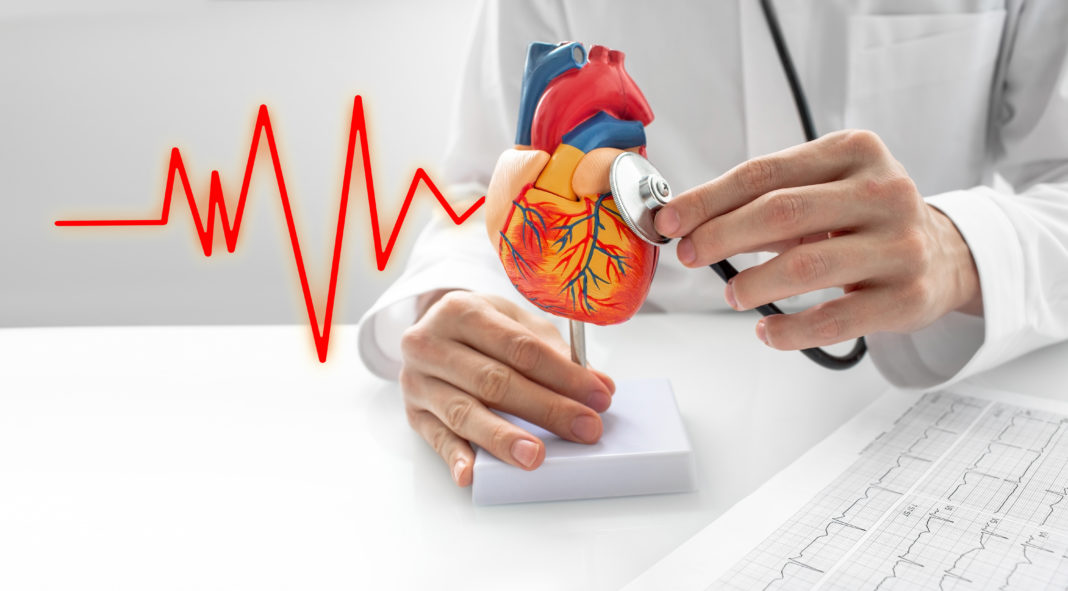According to a study, published in the Journal of Cachexia, Sarcopenia and Muscle, sarcopenia related to human immunodeficiency virus (HIV) infection is an emerging—and often undiagnosed—issue that can lead to reduced quality of life and independence and premature death in patients. Researchers, led by Morteza Ghayomzadeh, examined if a six-month combined training (CT) intervention of resistance and aerobic exercises could improve sarcopenia measures, such as grip strength, appendicular lean mass index (ALMI), and gait speed. They reported that the CT appeared to be an “effective means to counteract sarcopenia and improve various inflammatory markers and growth hormones in people living with HIV.”
The study’s collaborators randomized 40 participants into either a CT group (n = 20; age = 38.3 ± 4.9 years) or a control group (n = 20; age = 37.9 ± 5.1 years). Patients in the intervention group participated in three supervised sessions per week for six months. Sessions consisted of weekly reverse linear periodized resistance training followed by 20 minutes of aerobic training. Participants in the control group were instructed to maintain their current lifestyle. Baseline and six-month assessments were performed with a two-way analysis of covariance (ANCOVA), adjusted for sex and preintervention values. Secondary outcomes included changes in levels of pro-inflammatory cytokines (interleukin [IL]-6 and tumor necrosis factor [TNF] alpha), insulin-like growth factor (IGF)-1, and myostatin.
According to the report, a significant increase in ALMI was observed in the CT group compared to the controls (0.29 ± 0.13 kg/m2 vs. –0.11 ± 0.14 kg/m2; p <0.001). The participants in the CT group also had significantly improved grip strength (7.86 ± 8.50 kg for CT vs. -1.58 ± 2.47 kg for CON) and gait speed (0.16 ± 0.07 m/s2 for CT vs. -0.06 ± 0.52 m/s2 for CON) compared to control patients (p <0.001). After CT, inflammatory biomarkers IL-6 and TNF alpha were reduced; IGF-1 was increased; and myostatin was decreased compared with controls (all p <0.001). Furthermore, grip strength changes were correlated with changes in IL-6 (r = –0.65; p <0.001), TNF-α (r = –0.63; p <0.001), gait speed (r = 0.63; p <0.001), and ALMI (r = 0.54; p = 0.001), though not with IGF-1 and myostatin.
Given that no adverse events were reported during the study and that patient compliance with the CT exercise sessions was high (>85%), the authors advanced that CT interventions appear to be an effective method of counteracting the negative symptoms of sarcopenia.
Source: Journal of Cachexia, Sarcopenia and Muscle









